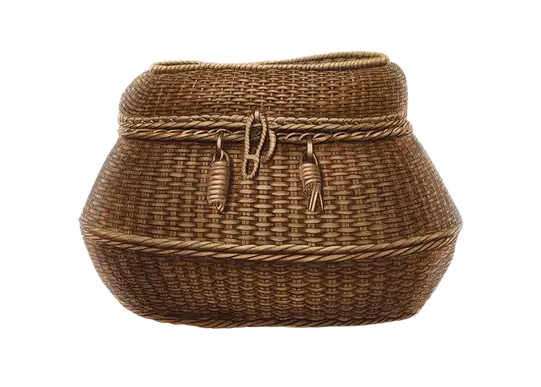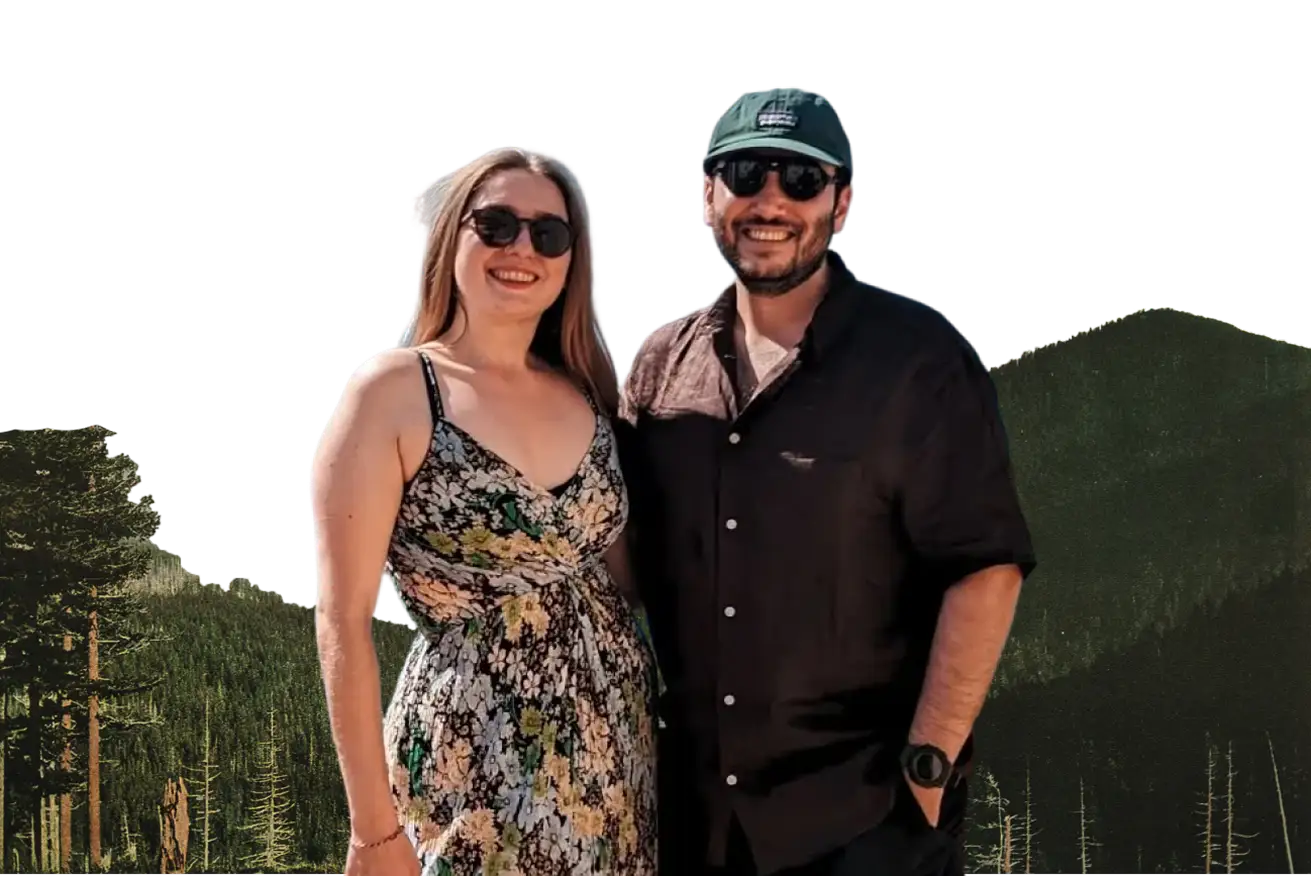Our deep journey through the land of Southeast Turkey has reached a quiet pause. As we look back on the path we've traveled together with you, our readers, we are left not with a collection of facts, but with a profound sense of resonance. This is a land that does not just show you its history; it makes you feel the immense, humbling weight of it.
Throughout this series, we've tried to look beneath the surface, to find the interconnected "seeds" of meaning – our Pomegranate Philosophy in action. We wanted to understand how landscape, history, belief, and human ingenuity have converged to create such a unique and resilient corner of the world. Now, at the end of this particular road, we are left with a few essential echoes that will stay with us long after.
The humility of deep time
The first and most powerful echo is one of humility. To stand at Göbeklitepe is to be recalibrated. The realization that a complex society with a rich symbolic world existed 12,000 years ago is a profound lesson in "not knowing." It reminds us that our story is far older and more mysterious than we often dare to imagine, and that history is not a closed book, but a living text, always open to being rewritten by a new discovery.
The alchemy of the crossroads
Time and again, we were reminded that culture is not a static monolith, but a dynamic alchemy. The ancient trade routes that crisscrossed this land were arteries for more than just silk and spice; they were conduits for ideas, faiths, and artistic styles. This constant flow is the secret ingredient in the rich tapestry of Mardin's architecture, the vibrant soul of Gaziantep's cuisine, and the complex, layered faith of Urfa. The timeless lesson of the crossroads is that connection creates, and diversity enriches.
The resilience of the human spirit
The story of Southeast Turkey is also a powerful testament to resilience. We saw it in the enduring traditions of Gaziantep's coppersmiths, a craft passed down through generations. We tasted it in the improbable survival of Mardin's Syriac wine, a heritage kept alive against all odds. Most poignantly, we faced it in the story of Hasankeyf. While the loss of this 12,000-year-old city to the waters of a dam is a source of deep sorrow, the very act of telling its story, of remembering what was lost, is a form of resistance. It is a profound statement about the strength of cultural memory and the human need to hold onto its heritage, even in the face of irreversible change.
The past is never past
Finally, this journey has been a powerful reminder that the past is never truly past. It is an active, living presence in this land. The gaze of the "Gypsy Girl" mosaic has become a modern icon for a thriving city. The food traditions of the region are a vital part of its contemporary identity and economy. And the difficult questions raised by Hasankeyf continue to shape global conversations about progress and preservation. The echoes of the past are the lessons for today.
Looking back on this entire journey, the single realization that has stayed with us most is the profound sense of human continuity. To stand at Göbeklitepe and feel a connection to people from 12,000 years ago, and then to sit in a modern Gaziantep cafe and taste a dish whose roots are just as deep, is to understand that we are all part of one, incredibly long and unbroken story. It's a humbling and deeply connecting feeling.
This Season has been our attempt to share a few "seeds" from the vast pomegranate of Southeast Turkey. We hope it has sparked your curiosity and helped you see new connections. The story of this land is endless, and we know there are countless more layers waiting to be discovered. Thank you for walking this path with us. The journey of discovery is always richer when shared.
.svg)




